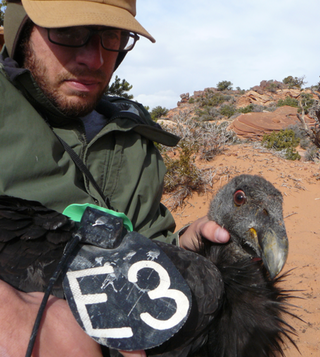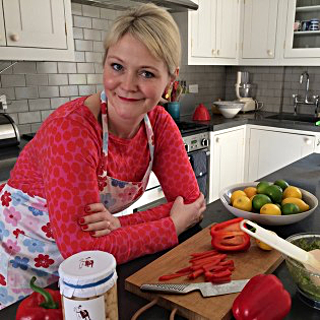25 May 2015
- The cost of ingredients has never been that big a factor in the price we pay for food. Latest evidence: in the US the price of bacon plummets – fattening restaurant margins. And waistlines? I actually think the hypocrite burger – a veggie burger with a couple of strips of bacon – is a great idea, a dish for the thoughtful consumer.
- I tried to ask Willy Staley, who wrote the eye-opening A Conspiracy of Hogs: The McRib as Arbitrage from 2011, for a comment on the bacon thing, or even a prediction as to when the McRib might reappear, but he’s a hard man to find. Can you help?
- Enough of the US-centric stuff: here’s Paul Levy’s fine piece from last October, on The exotic history of British fish and chips.
- And where do chips come from? Some people would have you believe only from a potato called Russet Burbank. Not Morrice and Ann Innes. Their exhibit of 140 different potato varieties has just won gold at the Chelsea Flower Show. Mature tubers in May; that takes some doing.
- Something to wash your fish and chips down with? The University of Vermont seems to be making an awfully big deal about the rise in hard cider, or what I, a Somersetian at heart, prefer to call cider. Or zider. I suggest that the Vermonters pay God’s own county a visit.
If you’re not already a subscriber, to the newsletter or the podcasts, you can sign up here.



 By great good fortune, there is nothing I cannot eat. There are a couple of things I’d prefer not to eat, but nothing, at least as far as I know, that would make me ill. As a result, I am fascinated by people who have to forego certain foods to stay well. I used to follow someone on the web who swore that something called the Specific Carbohydrate Diet™– which, I learn, apparently requires initial caps and a TM symbol — was the only thing that kept her alive. I never really investigated further, because that was before I had a podcast to feed and she more or less stopped writing about it. So when the chance arose to talk to someone who is living with the disease and the diet, I leaped at it.
By great good fortune, there is nothing I cannot eat. There are a couple of things I’d prefer not to eat, but nothing, at least as far as I know, that would make me ill. As a result, I am fascinated by people who have to forego certain foods to stay well. I used to follow someone on the web who swore that something called the Specific Carbohydrate Diet™– which, I learn, apparently requires initial caps and a TM symbol — was the only thing that kept her alive. I never really investigated further, because that was before I had a podcast to feed and she more or less stopped writing about it. So when the chance arose to talk to someone who is living with the disease and the diet, I leaped at it.